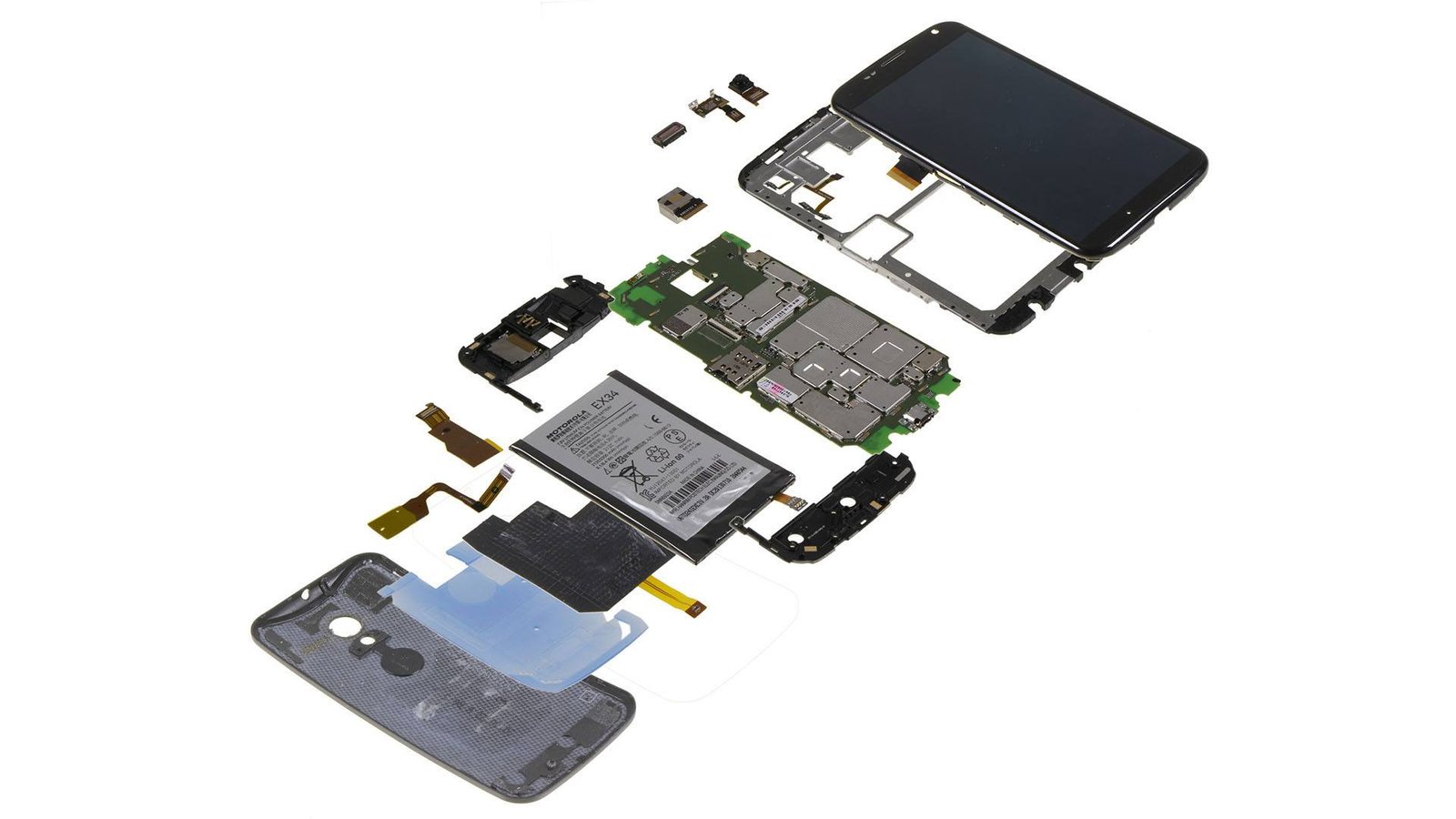Keeping tiny screws, screens, and batteries in order can feel harder than fixing the phones themselves. One mislabeled tray and your whole day turns into a treasure hunt, while customers keep asking when their phones will be ready. You do not need luck or a bigger storage room. You need a clear parts-tracking routine that anyone on the team can follow in minutes. Pair that routine with cell phone repair shop software, and every part sits in the right bin, on the right ticket, at the right time. Here are some simple steps that tame the chaos and keep repairs moving fast.
Map Your Parts Zones
Imagine walking into a grocery store where cans, cereal, and fresh fruit all share one shelf. Finding dinner would take forever, wouldn’t it? Phone parts are no different. Split your shelves into clear zones, for instance, place screens and glass on the top level, batteries and charge ports in the middle, and tiny items like screws and gaskets down low in labeled drawer trays. Mark each zone with big, color-coded labels that match the tags on your work orders (blue for batteries, red for screens, and so on). When a repair ticket comes in, a tech can head straight to one color, grab the part, and get back to the bench in seconds. Less hunting means more phones fixed each day and fewer parts left to collect dust.
Tag Every Part the Moment It Arrives
The longer a part sits unmarked, the easier it is to lose. As soon as a shipment lands, open the box at a “check-in” station. Scan the supplier’s barcode or print your own if one’s missing and stick it on the bag. The tag should show part name, phone model, cost, and current date. Toss damaged packaging right away so it never sneaks back onto the shelf. Now file the part into its zone with the label facing out. A clear tag lets anyone see, at a glance, exactly what each bag holds. Even if a new helper is on their first day, they can grab the right screen with no guesswork.
Reorder Before You Run Out
Phones break often. In fact, according to SquareTrade’s nationwide survey, 78 million Americans damaged a smartphone in the past year. When demand is that high, an empty shelf means lost revenue. Set “low stock” alerts inside your cell phone repair shop software for each fast-moving part. If you sell four iPhone 13 screens per week, tell the system to ping you when only two remain. The alert pops up on your dashboard, and a pre-filled purchase order sits ready to send. Order early, and you’ll never turn away a customer because you ran out of glass on a busy Saturday afternoon. Your bank account likes this too as restocking in smaller, planned batches keeps cash flowing instead of tying it all up in one giant order.
Train Staff on a One-Minute Daily Audit
Even the best software can’t fix sloppy shelves. End every shift with a quick “bin flip.” Each tech checks the drawer they used most, making sure labels face forward, bag seals are closed, and wrong items haven’t slipped in. If something looks off, they scan the tag, update the count, and leave a note in the log. Rotate the audit duty so every tech owns a different drawer each week; sharing responsibility keeps everyone alert and avoids “somebody else will do it” thinking. If numbers don’t match, write the correction on the whiteboard and flag the ticket. Tomorrow’s opener double-checks, ensuring no error survives two shifts.The audit takes about a minute per drawer yet stops small errors from snowballing into a full inventory mess. Post a simple checklist on the wall. Consistent habits keep your database honest and your shelves tidy without hiring a full-time inventory clerk.
Track Returns and Defects
Not every part works out of the box. Create a bright “quarantine” bin for screens with dead pixels, batteries that won’t charge, or boards that fail a quick test. Scan the barcode, mark it “defect,” and drop it in the bin. Once a week, export a defect report and send it to suppliers for credit. Over time, your software’s reports show which vendors ship the most duds, letting you switch to more reliable sources. Customers see fewer comebacks, and your shop keeps more profit instead of eating the cost of bad parts.
Wrap-Up
Smooth parts flow starts with clear zones, on-the-spot tagging, early reorders, one-minute audits, and a tidy defect loop. Log every tag, alert, and bin flip in your cell phone repair shop software so numbers on the screen match items on the shelf. When the system and the shelves tell the same story, techs spend their day fixing phones, not hunting for parts, and your mind stays exactly where it belongs: on happy customers and steady growth.
Related Reads
- Mitolyn Supplement: Support Cellular Energy, Fat Burning & Overall Wellness
- Alles, was Sie über den Ersatz und die Vervielfältigung von Autoschlüsseln wissen müssen
- Affordable Roof Repair Services in Boca Raton
- Body Contouring in Dubai Visit Dynamic Life Clinics
- What is IELTS? A Complete Guide for Beginners



